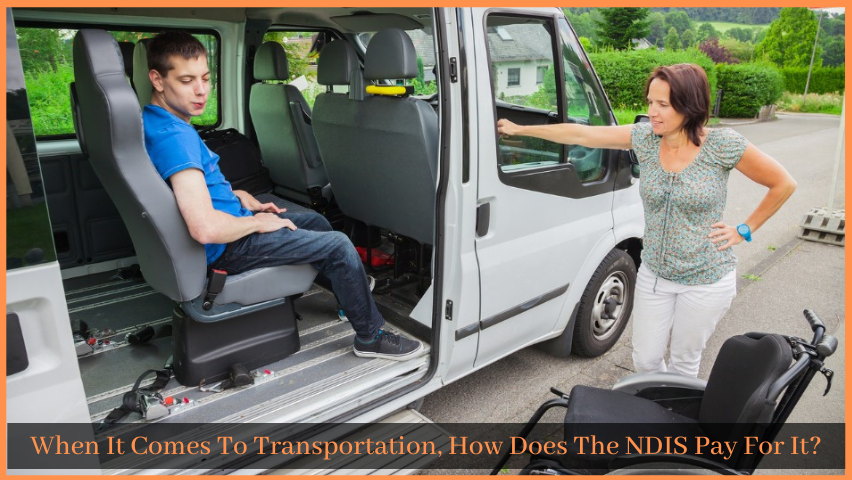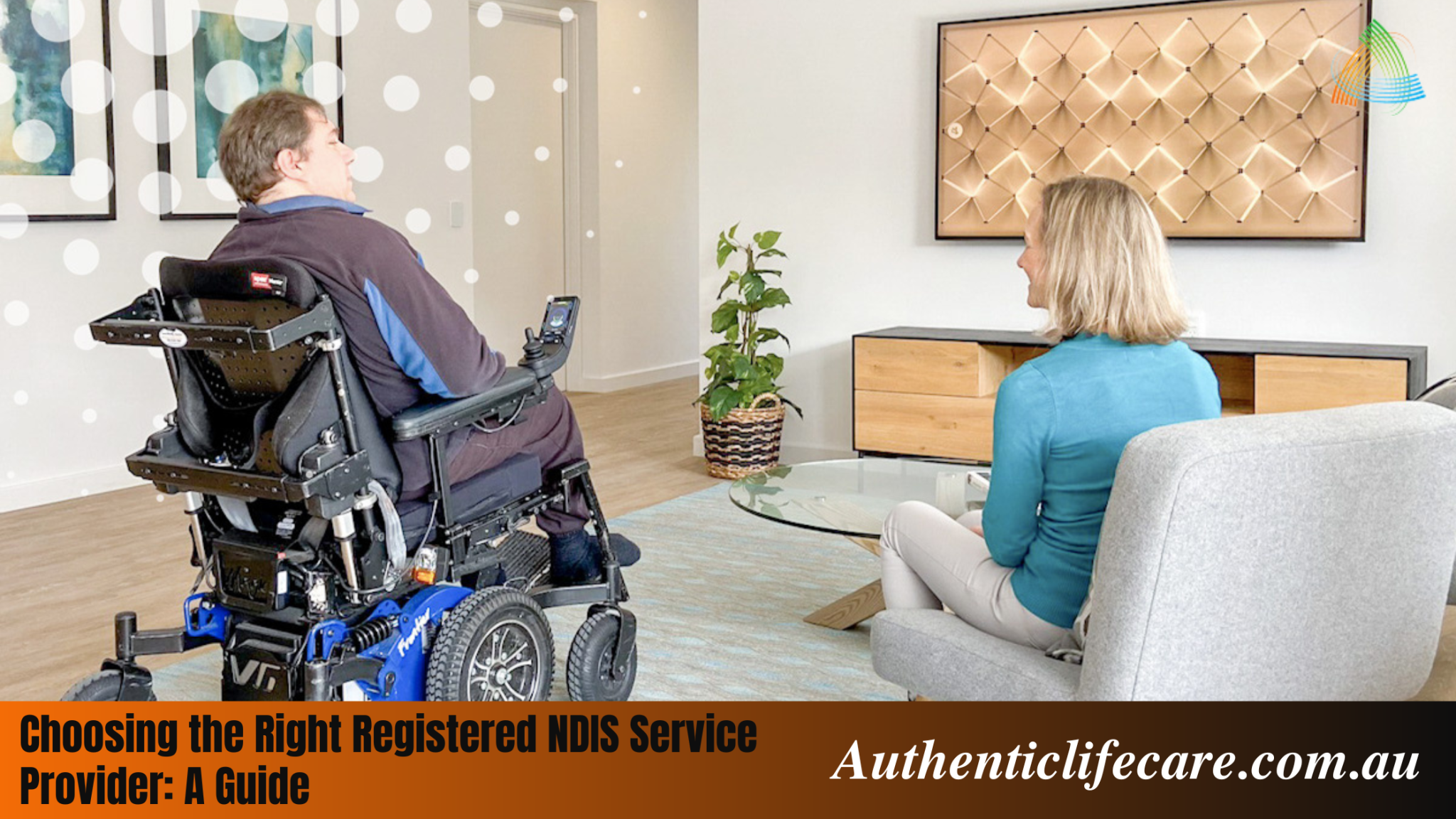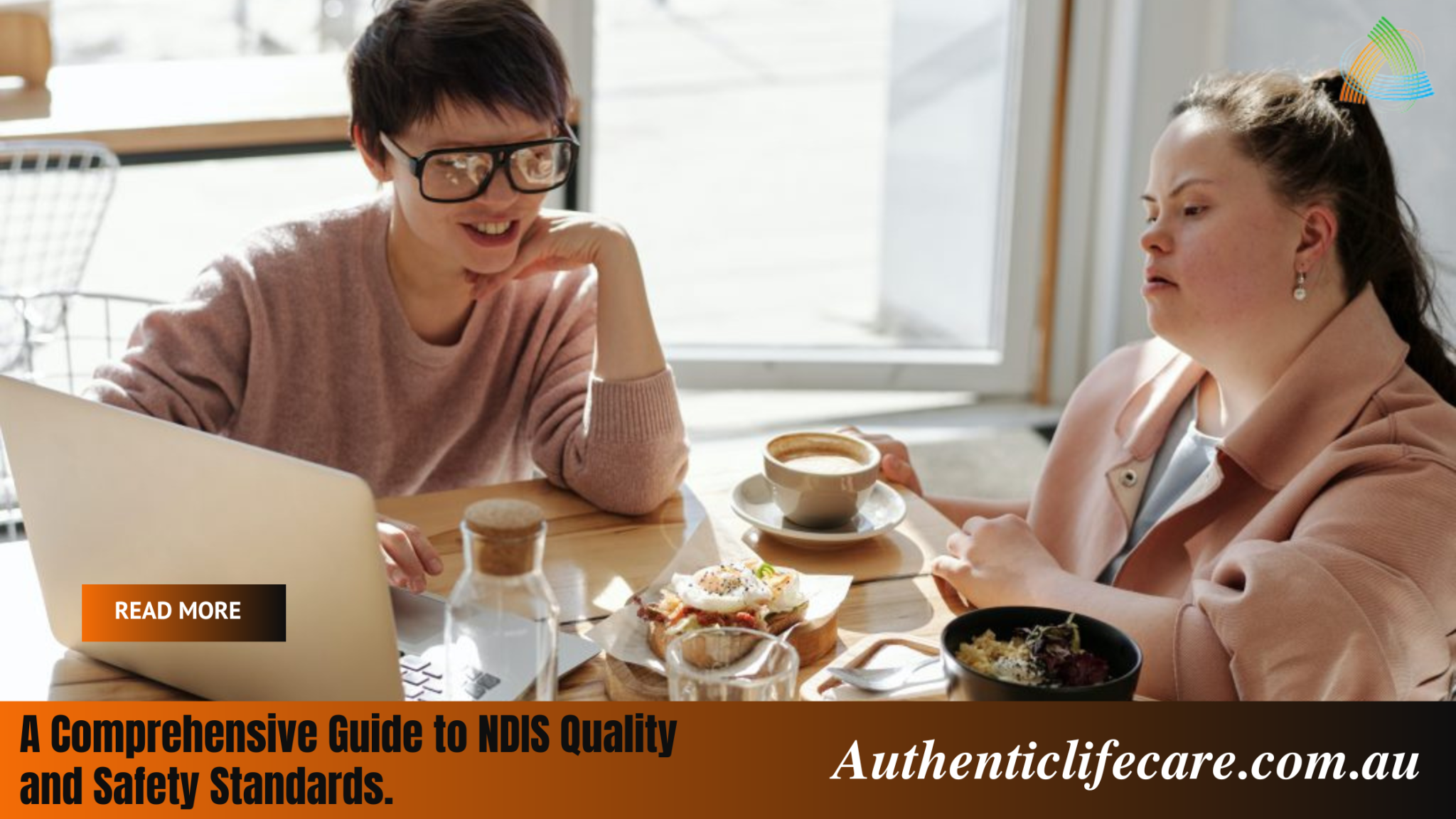Many people link freedom, independence, socialisation, income, and education with transportation. In this piece, we’ll go over the four main ways the NDIS can pay for your transportation plans, as well as some of our team’s thoughts.
Making your way around
If your disability makes using public transportation difficult or impossible, the NDIS can assist you in paying for taxis, rideshares, community transportation, and other alternative modes of transportation.
You must meet the reasonable and required requirement to have this finance included in your plan, which in this case means explaining why taking the bus, tram, or train is impractical for you.
In your NDIS plan, this money will be allocated to Assistance Category 2 (Transport Allowance), which is Core support. Every two weeks, your plan manager or NDIA will deposit these funds into your bank account to help you cover your transportation expenditures.
Travelling with a friend
The NDIS may also be able to help you pay for a care assistant to involve you in public or to take the car around. Shopping outings, social gatherings, and medical appointment transportation are all examples of this.
Support category 4 (Social and Community Engagement Assistance), often known as core support, is where this money comes from. These outings are charged on an hourly basis, which includes both the duration of the outing and the time it takes your support worker to arrive at and from your house.
Your support worker may charge you for additional travel expenses such as tolls, parking, or a public transportation ticket. It’s always a good idea to discuss these issues ahead of time and sign a service agreement that specifies the agreed-upon hourly fee as well as any additional costs you’ll be accountable for.
NOTE: The NDIS is now allowing participants to be more creative with their transportation funds. You can now use your Category 2 and Category 4 budgets interchangeably, so you can use your Assistance with Social and Community Participation monies to pay for an Uber or cab, and vice versa.
Transportation can assist you in gaining independence.
A common NDIS goal is to assist people in becoming more self-sufficient, and mobility is an important part of that. If your disability makes getting around difficult, but you want to learn how to overcome these difficulties and travel freely, you may be eligible for funding for public transportation training or driving lessons.
Support Category 15 (Improved Daily Living) is a Capacity Building programme that assists you in gaining independence, skills, and confidence.
Vehicles having a specific function
If your impairment demands the use of a specialised or modified vehicle, the NDIS may be able to help with the cost of modifications through the ‘Assistive Technology’ category (category 5).
The NDIS won’t pay for the car, but it might pay for modifications that let you perform things like…













